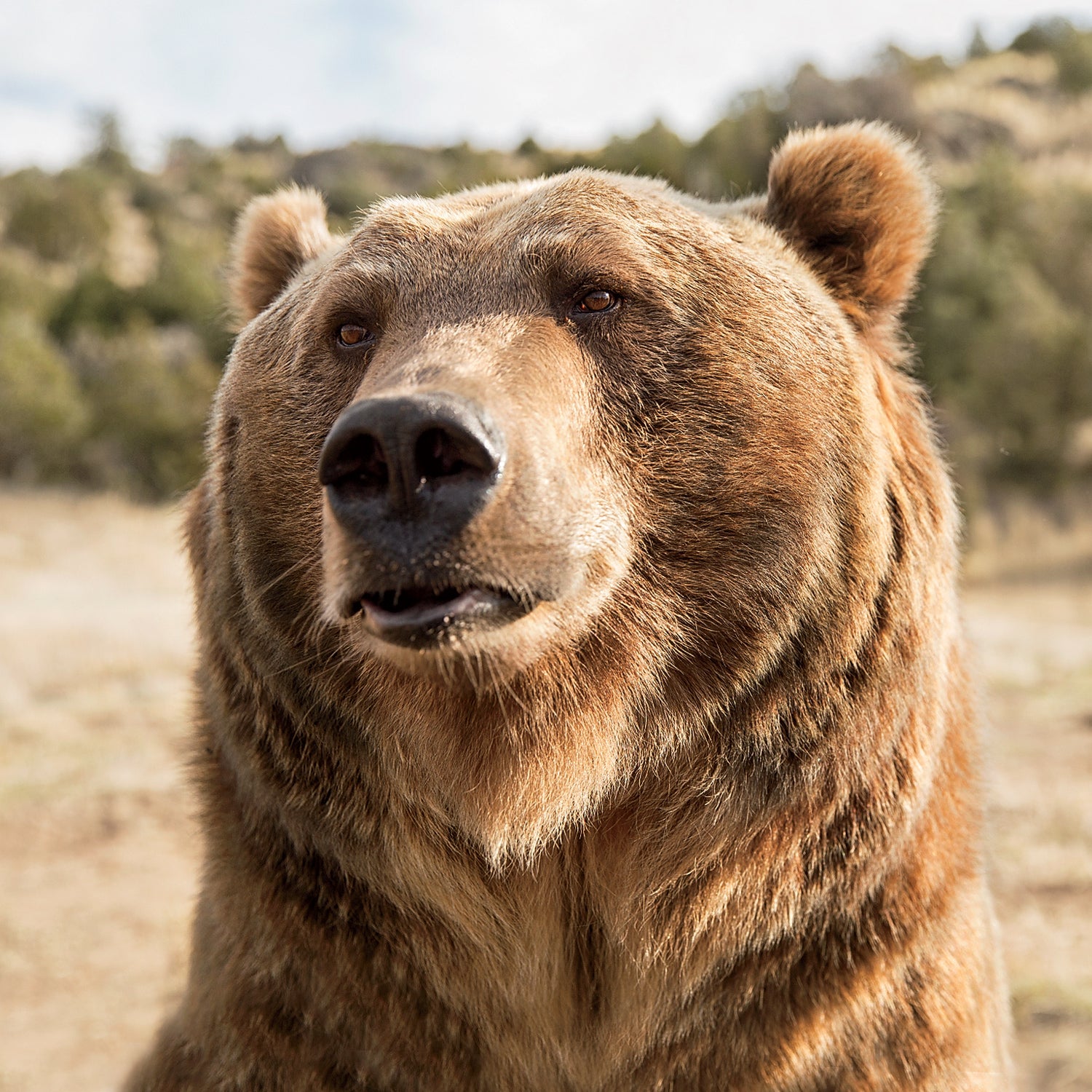YellowstoneтАЩs grizzlies are back. Although theyтАЩve since 1975тАФwhen just over 200 of them remainedтАФbiologists at the U.S. Fish and Wildlife Service estimate that the population of Ursus arctos horribilis in the greater Yellowstone ecosystem has since more than tripled to roughly 780. There are nearly 3,600 square miles of carefully cultivated wilderness in the park and another 9,200 square miles near its borders, all protected from development and drilling by the Endangered Species Act. тАЬWeтАЩve got a gold-plated management plan,тАЭ says Chris Servheen, the U.S. Fish and Wildlife ServiceтАЩs coordinator for bear recovery.
Which is why, in early 2015, the USFWS is expected to issue its second proposal to remove the areaтАЩs grizzlies from the list and hand over the animalтАЩs fate to the states of Idaho, Montana, and Wyoming. Shortly after that, the agency will almost certainly be sued by environmental groups, like the , that want the protections to remain in place.
If this sounds like a familiar fight, it should. The USFWS , only to have a reinstate them in 2009.
Environmentalists continue to argue that two of the bearsтАЩ primary food sourcesтАФwhitebark pine nuts and spawning cutthroat troutтАФare in serious decline. TheyтАЩre right, and the shortage makes for hungry grizzlies. тАЬWhen bears traverse the landscape looking for food, they bump into people at high rates,тАЭ says bear advocate Louisa Willcox. тАЬAnd when they bump into people, they tend to die at high rates,тАЭ often because they become aggressive or a nuisance (threatening livestock, raiding garbage cans).
But the real reason groups are suing is that a bear isnтАЩt just a bear; itтАЩs an umbrella species with habitat protections that benefit every other species in its range. тАЬIf the grizzly bears are protected, then the wolverines are, too,тАЭ says conservationist , best known for named Brutus. Though wolverine populations are in decline, they are not covered by the ESAтАФand neither are many species of songbirds and amphibians that donтАЩt draw nearly as much attention as a toothy 1,000-pound omnivore.
On the other side of the argument, states are eager to have access to land currently locked down by the Endangered Species Act. тАЬRight now you canтАЩt log, you canтАЩt open up trail systems,тАЭ says Anderson.
The USFWS, meanwhile, just wants a win. тАЬThe Endangered Species Act needs success stories,тАЭ says Servheen. тАЬIf we can take a difficult animal like grizzly bears and increase their numbers, it shows that the act works.тАЭ
The gray wolf could have cemented that success storyтАФit was delisted in 2012тАФbut the states messed it up. Wyoming allowed wolves to be shot on sight and quickly landed them back on the list. Without a doubt, the USFWS deserves some recognition for its handling of grizzlies. The Yellowstone population is on the right trackтАФeven if it hasnтАЩt yet linked with Glacier National ParkтАЩs, which advocates hope will improve genetic diversity. The best thing for the bear, and the Endangered Species Act, is for that linkup to occur without protections. тАЬItтАЩll happen,тАЭ says Servheen. тАЬEventually, theyтАЩll be connected.тАЭ If, that is, the states do their part.


